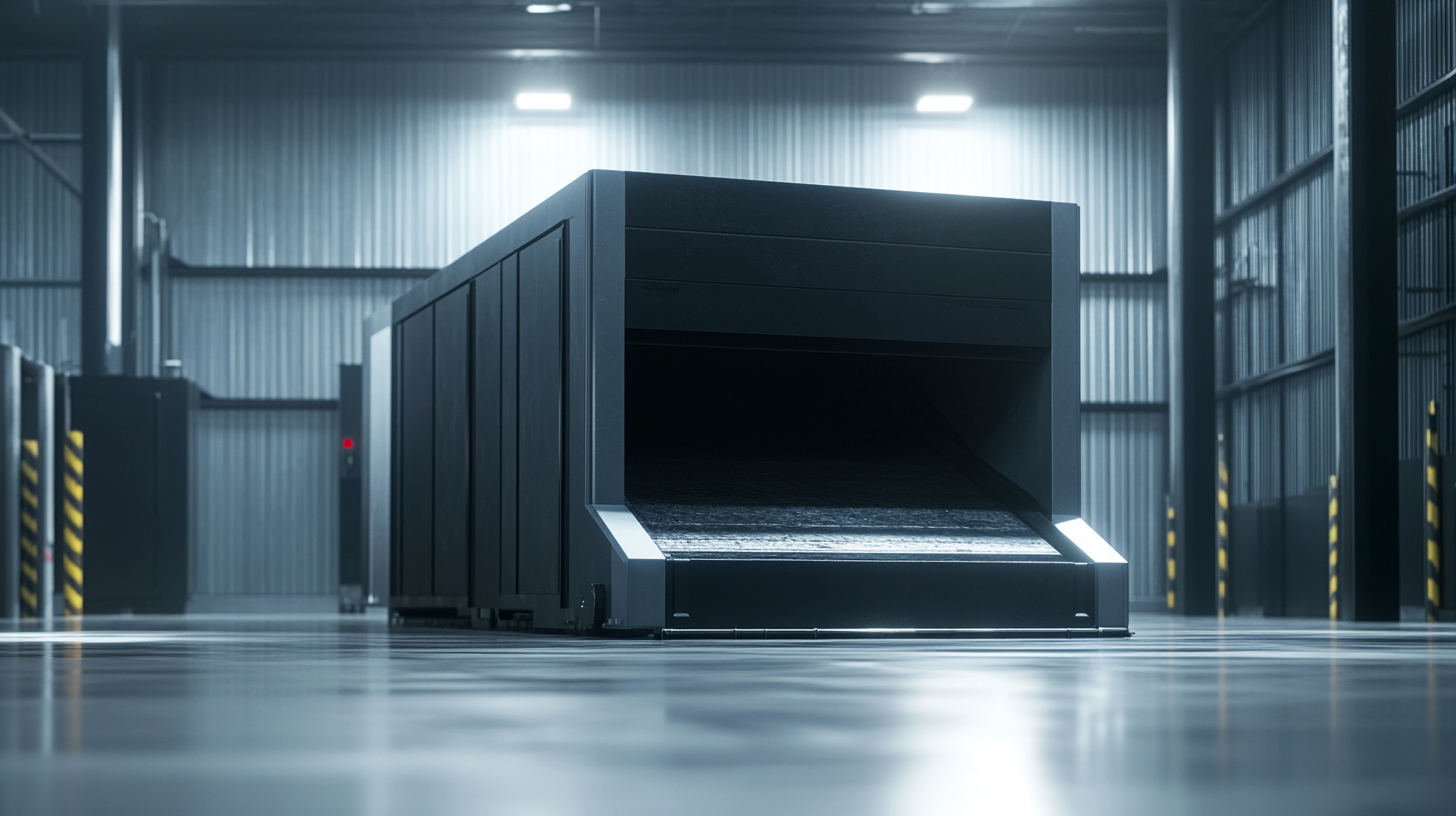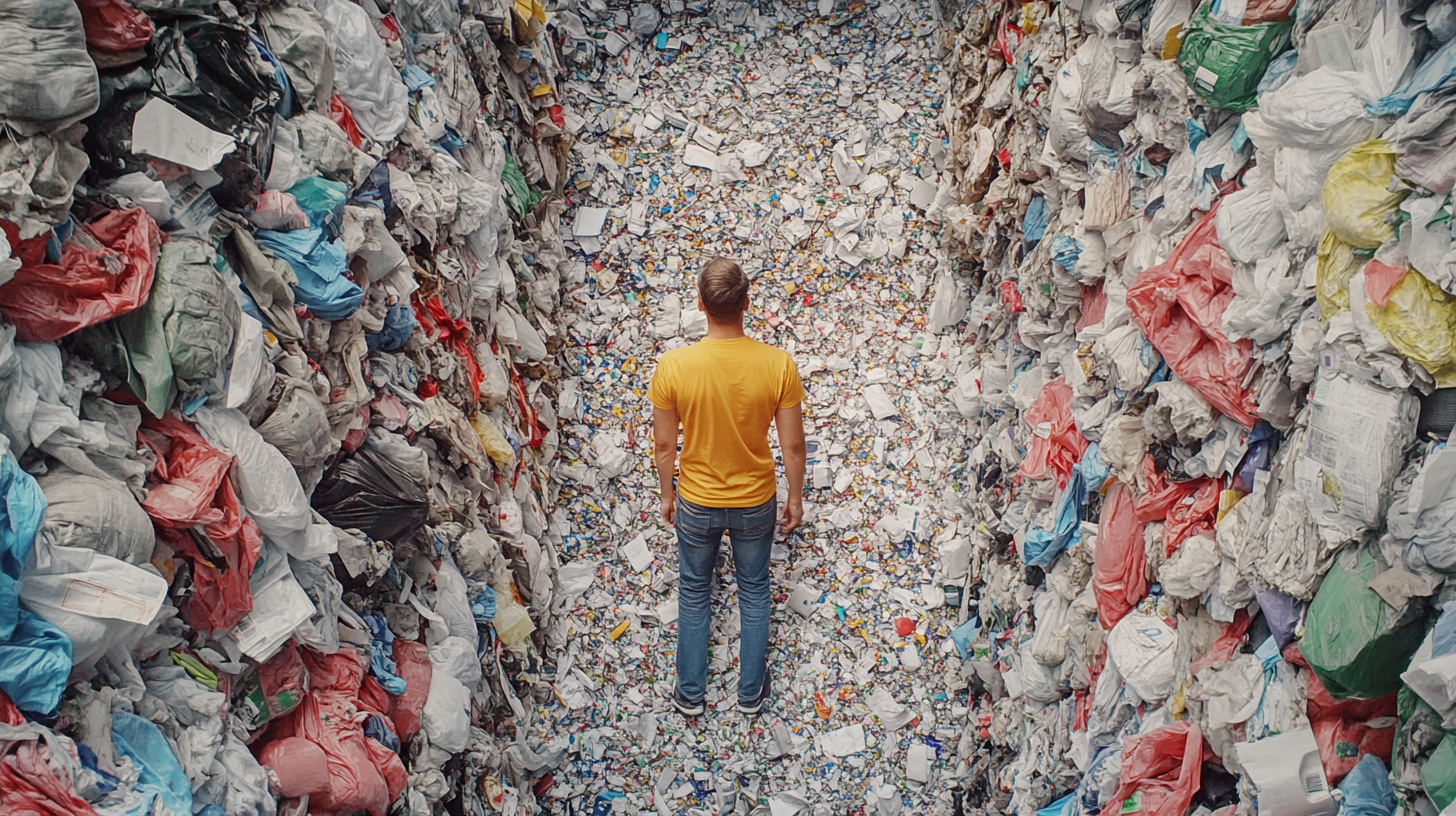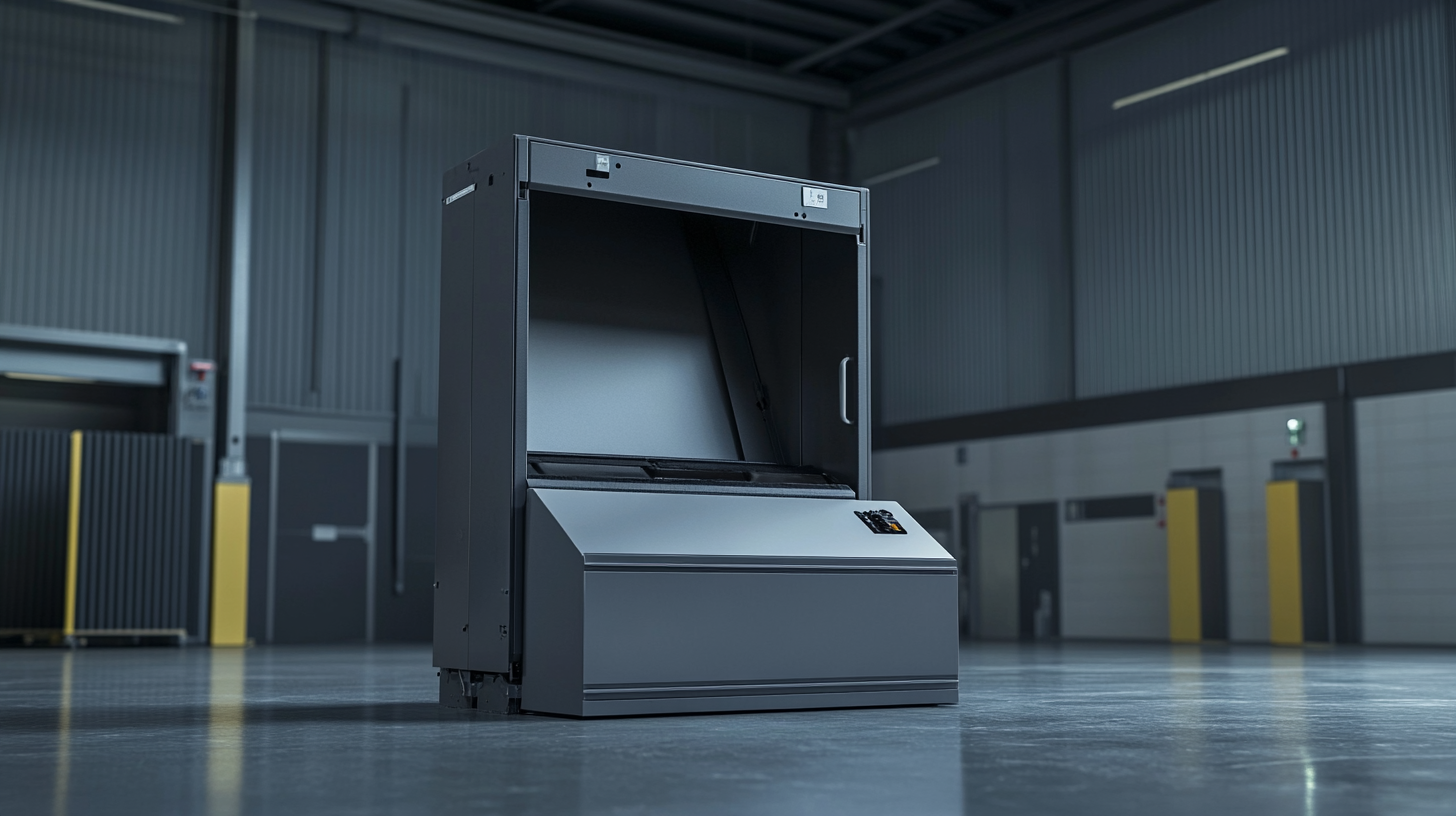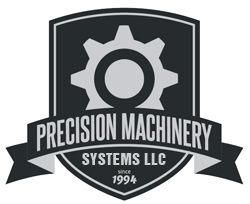5 Essential Insights for Global Buyers of Waste Compactors
In an era where waste management is becoming increasingly critical, global buyers of waste compactors must equip themselves with essential knowledge to make informed purchasing decisions. According to a recent report by MarketsandMarkets, the global waste management market is projected to grow from $330 billion in 2020 to $500 billion by 2027, emphasizing the growing importance of efficient waste handling solutions. Waste compactors play a pivotal role in this landscape, not only reducing the volume of waste but also facilitating more streamlined recycling processes, ultimately contributing to both cost savings and environmental sustainability.
Moreover, the advancements in waste compactor technology, highlighted by a study from Fortune Business Insights, indicate that the demand for innovative compactors is surging, driven by urbanization and stricter regulations on waste disposal. As countries strive to meet their sustainability goals, understanding the intricacies of waste compactors—from operational efficiency to regulatory compliance—becomes essential for buyers. This blog outlines five critical insights that can guide global buyers in selecting the right waste compactor solutions tailored to their unique operational needs.

Understanding Different Types of Waste Compactors and Their Applications
When considering the purchase of waste compactors, it’s crucial to understand the various types available and their specific applications. Waste compactors are designed to minimize the volume of waste, making disposal more efficient and cost-effective. The two main categories are stationary and portable compactors. Stationary compactors are typically used in commercial settings, such as warehouses or shopping centers, where large volumes of waste are generated. These compactors are permanently installed and can handle heavier loads, making them ideal for businesses that need consistent waste management solutions. On the other hand, portable compactors offer flexibility and mobility, perfect for construction sites or events where waste accumulation is temporary but can be substantial. Their design allows for easy transportation, enabling users to move them as needed without the commitment of a stationary unit. Additionally, there are specialized compactors designed for specific materials, such as food waste or recyclable materials. Understanding these nuances helps global buyers select the right equipment to optimize waste handling processes tailored to their unique operational needs. Moreover, it’s important to consider the environmental benefits of investing in the appropriate waste compactor. Many models are designed with eco-efficiency in mind, promoting recycling and reducing landfill footprints. By choosing the right type of compactor, businesses not only improve their waste management practices but also contribute to sustainable initiatives, aligning their operations with global environmental goals.

Evaluating Key Features and Specifications When Selecting a Waste Compactor
When selecting a waste compactor, global buyers must focus on several key features and specifications that significantly affect operational efficiency and cost-effectiveness. One of the most critical aspects to evaluate is the compaction ratio, which indicates how much waste the compactor can compress. A higher compaction ratio not only minimizes transportation costs but also maximizes storage capacity, allowing for fewer trips to dump sites. Buyers should ensure that the compactor they choose can handle their specific types of waste, whether it's general refuse, recyclables, or specialized materials.
Another essential feature is the power source of the waste compactor. There are various options available, including electric and diesel-powered units. Electric models are often quieter and more environmentally friendly, making them suitable for urban settings. Meanwhile, diesel-powered compactors may offer more robust performance in remote locations or underserved areas. It's crucial for buyers to assess their operational environment to determine the most suitable power source that aligns with their sustainability goals and operational needs.
Additionally, ease of maintenance and durability should not be overlooked. A robust waste compactor designed from high-quality materials can withstand harsh working conditions and reduce the likelihood of costly breakdowns. Buyers should inquire about the manufacturer's service agreements and availability of spare parts, as these can impact long-term reliability and operational efficiency. Understanding and prioritizing these key features will empower global buyers to make informed decisions, ultimately enhancing their waste management processes.

Cost Analysis: Budgeting for Purchase and Long-term Maintenance
When budgeting for the purchase and long-term maintenance of waste compactors, it’s crucial to understand not just the initial costs, but the comprehensive fiscal implications over the equipment's lifecycle. According to a 2021 report by Grand View Research, the waste compaction industry is projected to grow at a CAGR of 4.8% through 2028, underscoring the increasing demand for efficient waste management solutions. As a global buyer, this growth can translate into potential savings and increased ROI when properly analyzed.
The purchase price of waste compactors can range significantly based on type and capacity, typically between $2,500 and $25,000. However, a study by the Environmental Protection Agency indicates that the total cost of ownership (TCO) extends beyond the sticker price. Buyers should factor in operational expenses, which can include energy consumption, maintenance, and potential downtime. Maintenance costs alone can account for 15-25% of the equipment's lifecycle costs, making it essential to evaluate warranties and service agreements at the time of purchase.
Moreover, considering the long-term costs is critical for sustainability objectives. The Global Recycling Foundation points out that a well-maintained compactor can save up to 50% in hauling fees by reducing the volume of waste. By understanding and planning for these financial aspects, global buyers can make informed decisions that align with both budget constraints and sustainable practices, ensuring that waste compactors serve their intended purpose effectively over time.

Sustainability Considerations: The Environmental Impact of Waste Compaction
The environmental impact of waste compaction is a critical consideration for global buyers, as the process significantly influences waste management practices and sustainability initiatives. Waste compactors compress large volumes of waste into smaller, manageable sizes, thereby improving transportation efficiency and reducing the carbon footprint associated with waste disposal. By minimizing the number of trips required to transport waste, companies can achieve substantial reductions in greenhouse gas emissions, ultimately contributing to a cleaner planet.
Moreover, waste compaction plays a key role in promoting recycling efforts. By compacting recyclables, businesses can ensure higher rates of recovery and diversion from landfills. This enhancement in recycling capacity not only conserves natural resources but also reduces the environmental burden associated with extraction and processing of virgin materials. Furthermore, organizations committed to sustainability can leverage waste compactors as part of a broader waste reduction strategy, signaling their dedication to environmental stewardship and responsible resource management.
Finally, the choice of waste compactor technology can influence environmental impact as well. Buyers should consider energy-efficient models that consume less power while maintaining optimal performance. By investing in advanced technologies that utilize renewable energy sources or feature energy-saving mechanisms, companies can further align their waste management practices with global sustainability goals. Conscious decision-making in the procurement of waste compactors not only supports operational efficiency but also fosters a greener future for all.
Navigating Regulations and Compliance Standards for Waste Management Solutions
In the complex landscape of waste management, understanding regulations and compliance standards is essential for global buyers of waste compactors. As the market for waste management solutions evolves, adherence to local and international regulations can pose significant challenges. Buyers must be well-informed about environmental policies, safety standards, and technological requirements to ensure their operations not only comply but also leverage advancements in waste processing.
With the global market for waste management tools anticipated to grow, reaching new heights in the coming years, this sector represents a lucrative opportunity. For instance, the search engine marketing tools market is projected to increase from $10 billion in 2025 to $18 billion by 2033, reflecting a compound annual growth rate of 6.5%. This growth underscores the increasing importance of digital solutions in facilitating compliance and regulatory monitoring. Waste compactors are thus not just equipment but essential components in a broader strategy to remain compliant in an evolving regulatory landscape.
Buyers must also consider how waste management innovations can enhance their compliance strategies. Technologies such as IoT and data analytics are revolutionizing waste management, providing real-time insights that help organizations navigate and adhere to stringent regulations. Implementing smart waste compactors can streamline operations, reduce environmental impact, and ensure compliance with local laws, all while contributing to the sustainability goals of companies in this dynamic market.

